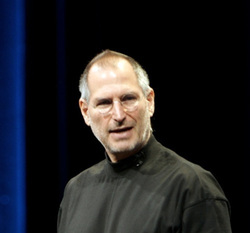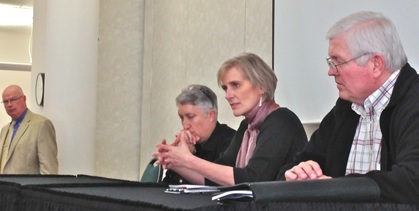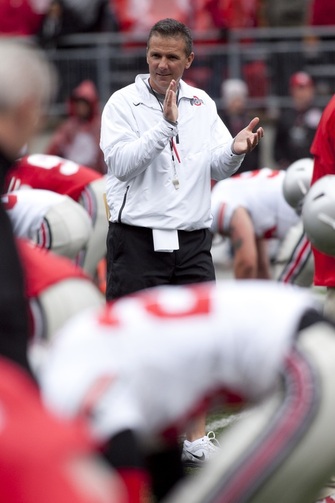
Collectivistic leadership is often seen in teams. Different team members assume different leadership roles. Leadership is shared. The success of members in these roles becomes team outcomes. In other words, the team moves and changes like an amoeba as team members find their strengths and weaknesses. Across all members though are shared mental models, shared knowledge. Members stay on the same page.
Yammarino and colleagues see leadership within networks by necessity as having a “we” focus. Leaders emerge in social networks, such as organizations, but their effectiveness depends on positions in networks external to their organizations, engaging others. In other words, the dynamic environment requires the leader to be involved in important ways beyond the traditional position. These external relationships affect innovation, growth, even survival. The focus is collectivistic because the leader brings people together internally and externally so they can create change.
This emphasis on social relationships is seen also in complexity leadership. This type of leadership is crucial to adapting and organizational learning in complex environments but is more informal. Leadership involves out of the informal interactions of different players in the network. Google comes to mind. One friend to another: “What do you think of this idea?” and a new product is born. Many virtual teams evolve informal leaders through their interactions.
Collectivistic leaders deliberately engage units or networks to provide the best information, often working outside the system. General Petraeus was not too concerned with rank and protocol. In Iraq and Afghanistan he developed and relied on his own sources across the country to be his eyes and ears. These sources were part of an informal network, a “we”, that influenced the conduct of operations.
Here’s a summary in words of the authors. Collectivistic leadership approaches are:
- not solely or primarily leader-centric
- not constrained by formal power and authority structure and relationships
- not limited to leader-to-follower interactions in small group or teams
- involve more than typical leader behaviors or team skills
- incorporate a variety of organizational and extra-organizational arrangements
- tend to be dynamic and non-linear in nature
- strive to be responsive to complex, rapidly changing and uncertain problems and environments.
Yammarino et al.’s review is intended for leadership scholars. It is comprehensive and engaging. But the larger contribution is for current leaders. Collectivistic leadership offers a different lens by which we select, train, appraise, and reward those who contribute to organizational leadership.
Reference: Yammarino, F. J., Salsa, E., Serban, A., Shirreffs, K., & Shuffler, M. L. (2012). Collectivisitic leadership approaches: putting the “we” in leadership science and practice. Industrial and Organizational Psychology, 5, 382-402.
Image of Lars and Jens Rasmussen, May, 2009. Lars co-founded Google maps. Photo by Niall Kennedy. from https://www.flickr.com/photos/niallkennedy/3573459849/
Used with permission: https://creativecommons.org/licenses/by-nc/2.0/deed.en



 RSS Feed
RSS Feed